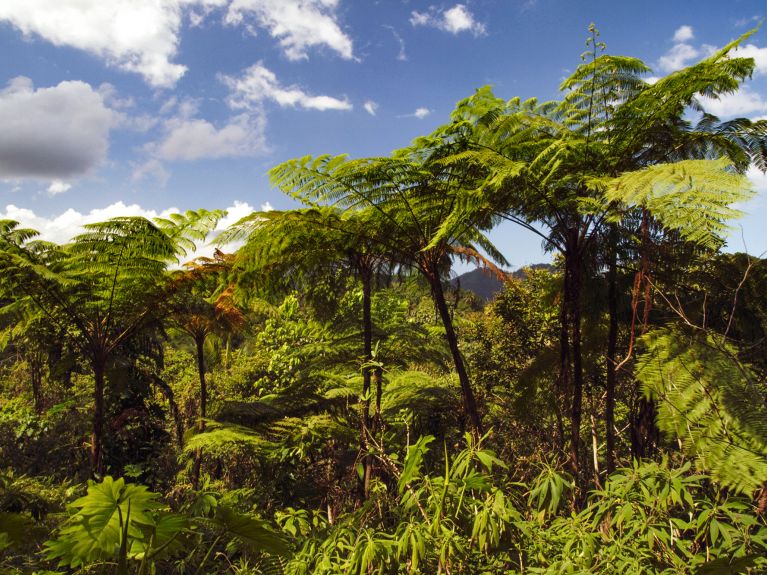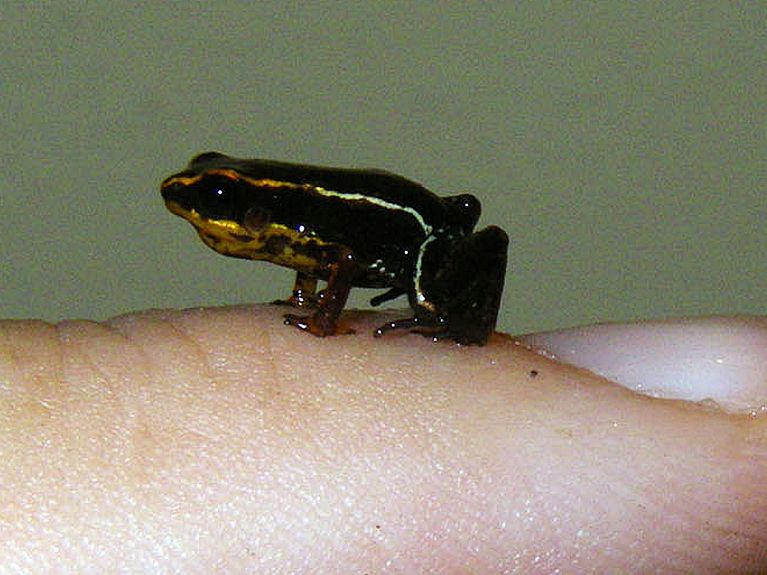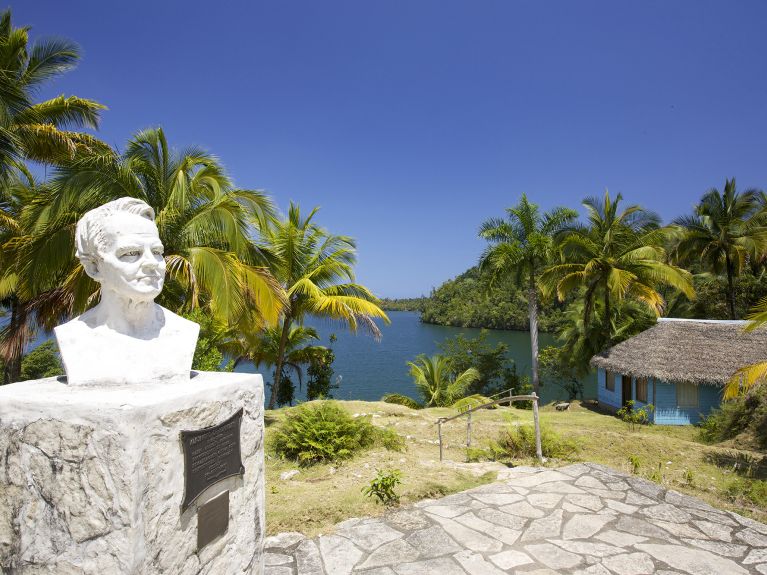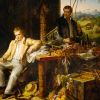A park called Humboldt
In Cuba, 707 square kilometres of unique nature are protected in the name of the great explorer.

The Russian-built four-wheel-drive GAZ-66 truck was ploughing its way through the red earth of the rainforest in eastern Cuba: not on the trail of the great natural scientist and explorer Alexander von Humboldt, but certainly in his name. Finally, the truck became firmly stuck in the bottomless mud; a tractor was hooked up to ensure that the few German and Cuban guests in April 1996 arrived in time for the opening of the Parco Nazionale Alejandro de Humboldt, held in the Visitor Centre that had been (almost) completed the day before. The small German delegation led by Professor Manfred Niekisch, later director of Frankfurt Zoo, had come from Bonn, the headquarters of the OroVerde environmental foundation. This foundation had played a major role in financing and planning the national park.
Cubans revere Alexander von Humboldt
Alejandro de Humboldt is almost worshipped in Cuba, where his name is omnipresent. Yet he only visited Havana because it was the central hub for travel in the Caribbean at the time. At first glance, the island was not worth a visit for the natural scientist Humboldt; it seemed to him that it had already been fully explored. At that time, being the first person to discover unknown areas was an important motivation for explorers. That's why Cuba was no longer regarded as a worthwhile destination for many researchers.

Nevertheless, the visit to Cuba made a deep impression on Humboldt, as can be seen in a diary that was not found until 2016. He had already sharply criticized the inhuman brutality of slavery in his first stop-off point in Cumàna in today's Venezuela. The initial purpose of his visits to Cuba in 1800 and especially in 1804 was to survey and map the island and describe its economy. But this economy was based on slavery, and "the slave (was) exposed to the greatest abuse in the solitude of a plantation or a tenant farm," as Humboldt wrote in his diary at the time.

Although Humboldt was less interested in the nature of Cuba than in other countries, Cuba has dedicated a monument to the natural scientist that stands out among Humboldt's many honours: the Alejandro de Humboldt National Park. In the best tradition of the close ties between Latin America and Germany, the huge, 707 square kilometre protected area was set up with the help of OroVerde, the German tropical forest foundation that still supports the work of Cuban conservationists in and around the National Park today.
A home for the rare solenodon
The park is made up of almost impassable and mountainous primeval forests, as well as a long coastal strip and the coastal waters offshore. With more than 1,200 animal and 1,300 plant species, it is regarded by the United Nations as the most important biological refuge in the Caribbean. Several endemic animal species are found in the park, including the extremely rare Cuban solenodon, the Cuban parakeet, the Monte Iberia Dwarf Eleuth, which is the smallest frog in the world, and the smallest bird in the world, the bee hummingbird. And bird lovers still hope to rediscover the ivory-billed woodpecker here, which has been considered extinct for decades. It was last seen in Cuba in 1987.

In the 18th and 19th centuries – and here, too, a circle closes relating to Humboldt – the inaccessible and secluded primeval forest of today's park was still mainly inhabited by people who had fled from the slavery which Humboldt had rejected so decisively. Today, in the name of the great explorer, it serves to preserve Cuban nature.
"You would like to receive regular information about Germany?
Subscribe here:"


